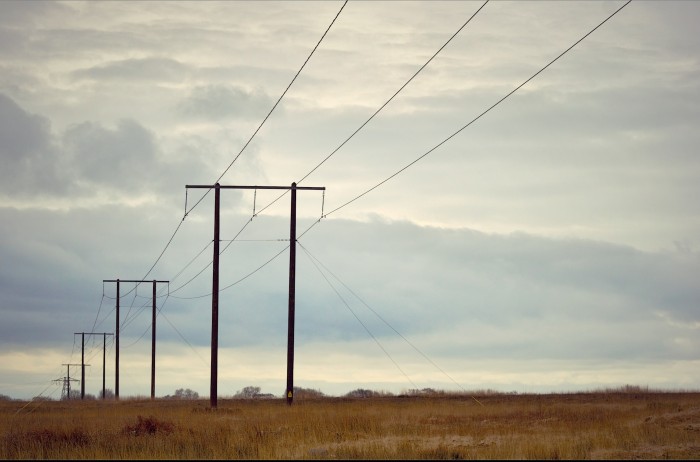Locally Owned Internet Is an Antidote for the Digital Divide
Broadband coöperatives are cropping up throughout rural America, bringing high-speed Internet to places that would otherwise be without.
Telecom and cable companies don’t like delivering Internet infrastructure to the sticks. Sadly for residents of remote regions, the numbers simply don’t stack up: the cost of hardware and installation can’t be paid off by the small number users at the end of the cabling. Meanwhile, broadband in urban areas continues to improve, exacerbating what the Federal Communications Commission has referred to as a “persistent digital divide.”
It’s not a new story. Electric companies felt the same way about building out infrastructure in remote areas in the early 1900s. Back then, local coöperatives took the initiative and installed their own hardware, hanging electrical cables in order to supply small settlements and farms with a utility that changed lives.

Now, almost a century on, the same thing is happening with broadband. The New York Times reports that around 40 electric coöperatives are building out high-speed Internet infrastructure, while many towns are also leaning on old electricity laws to secure funding to do the same. Such arrangements obviously aren’t a new idea, but in 2010 only one existed across the whole of the U.S. to supply broadband. They tend to be be customer-owned, and in many cases the initiatives don’t just use the same idea as their electrical predecessors—they’re also hanging fiber-optic cable between the same poles that were installed decades ago.
Other are also working hard to close the digital divide. Facebook has been developing open-source cellular networks and robust laser data links to beam wireless data to remote areas; Google’s Project Loon plans to float Internet into remote regions using large stratospheric balloons. Such initiatives might go some way to closing the technological disparity between rich and poor. But for now, local community efforts may be the most effective way to put Internet into the hands of even the most remote communities.
(Read more: New York Times, “America’s Broadband Improves, Cementing a ‘Persistent Digital Divide,’” “Technology and Inequality”)
Keep Reading
Most Popular
Large language models can do jaw-dropping things. But nobody knows exactly why.
And that's a problem. Figuring it out is one of the biggest scientific puzzles of our time and a crucial step towards controlling more powerful future models.
How scientists traced a mysterious covid case back to six toilets
When wastewater surveillance turns into a hunt for a single infected individual, the ethics get tricky.
The problem with plug-in hybrids? Their drivers.
Plug-in hybrids are often sold as a transition to EVs, but new data from Europe shows we’re still underestimating the emissions they produce.
Stay connected
Get the latest updates from
MIT Technology Review
Discover special offers, top stories, upcoming events, and more.